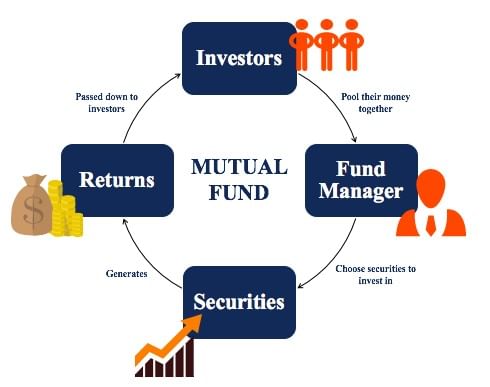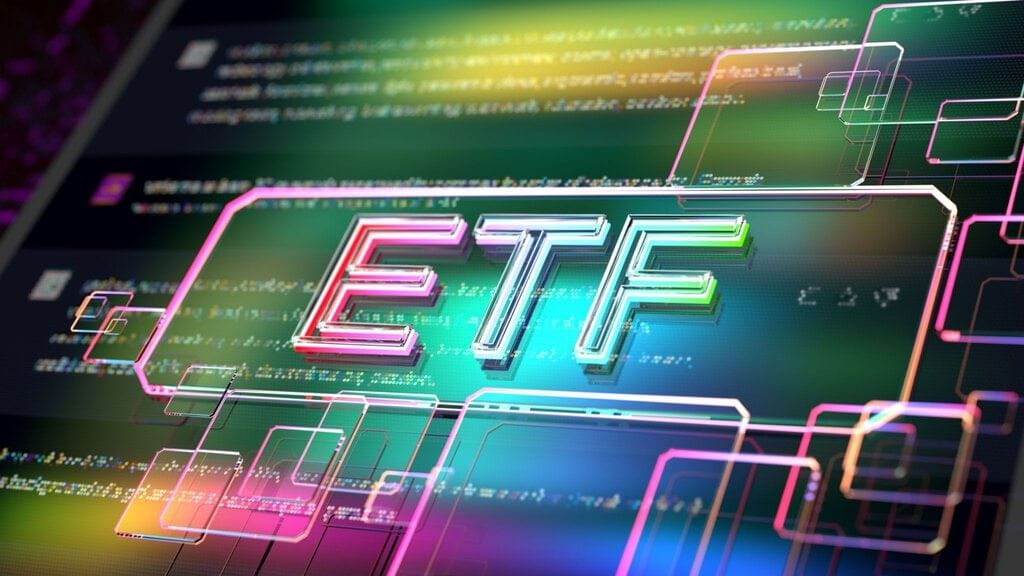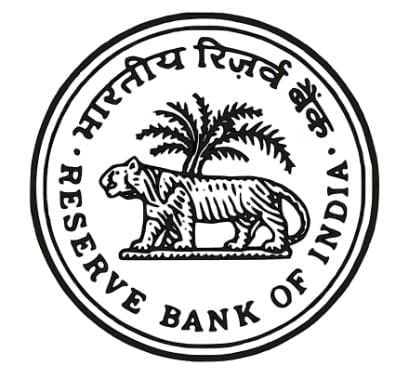|
The money market primarily deals with ___ financial instruments with a maturity period of up to 364 days. |
Card: 1 / 38 |
|
True or False: The discount rate in the money market is determined solely by the Reserve Bank of India (RBI). |
Card: 3 / 38 |
|
False. The discount rate is determined by the market and guided by the availability of and demand for cash. |
Card: 4 / 38 |
|
The organised money market in India was significantly developed after the recommendations of which committee? |
Card: 5 / 38 |
|
The repo rate, announced by the RBI, serves as a guiding rate for the current discount rate. |
Card: 8 / 38 |
|
True or False: The money market operates exclusively through organised channels in India. |
Card: 9 / 38 |
|
Fill in the blank: ___ are a mix of open-ended and closed-ended schemes and are traded on stock exchanges. |
Card: 15 / 38 |
|
True or False: Closed-ended schemes allow investors to buy and sell units at any time after the initial offer. |
Card: 17 / 38 |
|
False. Closed-ended schemes issue units only once during the New Fund Offer (NFO) and are traded on stock exchanges thereafter. |
Card: 18 / 38 |
 Unlock all Flashcards with EduRev Infinity Plan Starting from @ ₹99 only
|
|
Trustees oversee the operations of the Asset Management Company (AMC) and have a fiduciary responsibility to manage investors' funds. |
Card: 20 / 38 |
|
True or False: The DFHI was set up solely by the Reserve Bank of India without any participation from public sector banks. |
Card: 21 / 38 |
|
False. The DFHI was set up by the RBI jointly with public sector banks and financial institutions. |
Card: 22 / 38 |
|
What role did Public Sector Undertakings (PSUs) play in India's industrialisation after Independence? |
Card: 23 / 38 |
|
They were primarily responsible for achieving rapid growth and development through capital, technology, and labor management. |
Card: 24 / 38 |
|
Name two Specialized Financial Institutions (SFIs) established in the late 1980s. |
Card: 25 / 38 |
|
True or False: As of April 2020, there were 163 scheduled commercial banks operating in India. |
Card: 27 / 38 |
|
The nationalisation of life and non-life insurance businesses in India occurred in ___ and ___ respectively. |
Card: 29 / 38 |
|
True or False: The Forward Markets Commission (FMC) continues to operate independently after its merger with SEBI in 2015. |
Card: 31 / 38 |
|
What role does the Ministry of Finance play in India's financial regulatory framework? |
Card: 33 / 38 |
|
The Ministry of Finance is involved in policy making and has representatives on the boards of SEBI, IRDA, and RBI. |
Card: 34 / 38 |
|
Fill in the blank: By April 2020, India had a total of ___ insurance companies operating in its market. |
Card: 35 / 38 |
|
Which regulatory agency is responsible for overseeing credit products, savings, and remittances in India? |
Card: 37 / 38 |






























